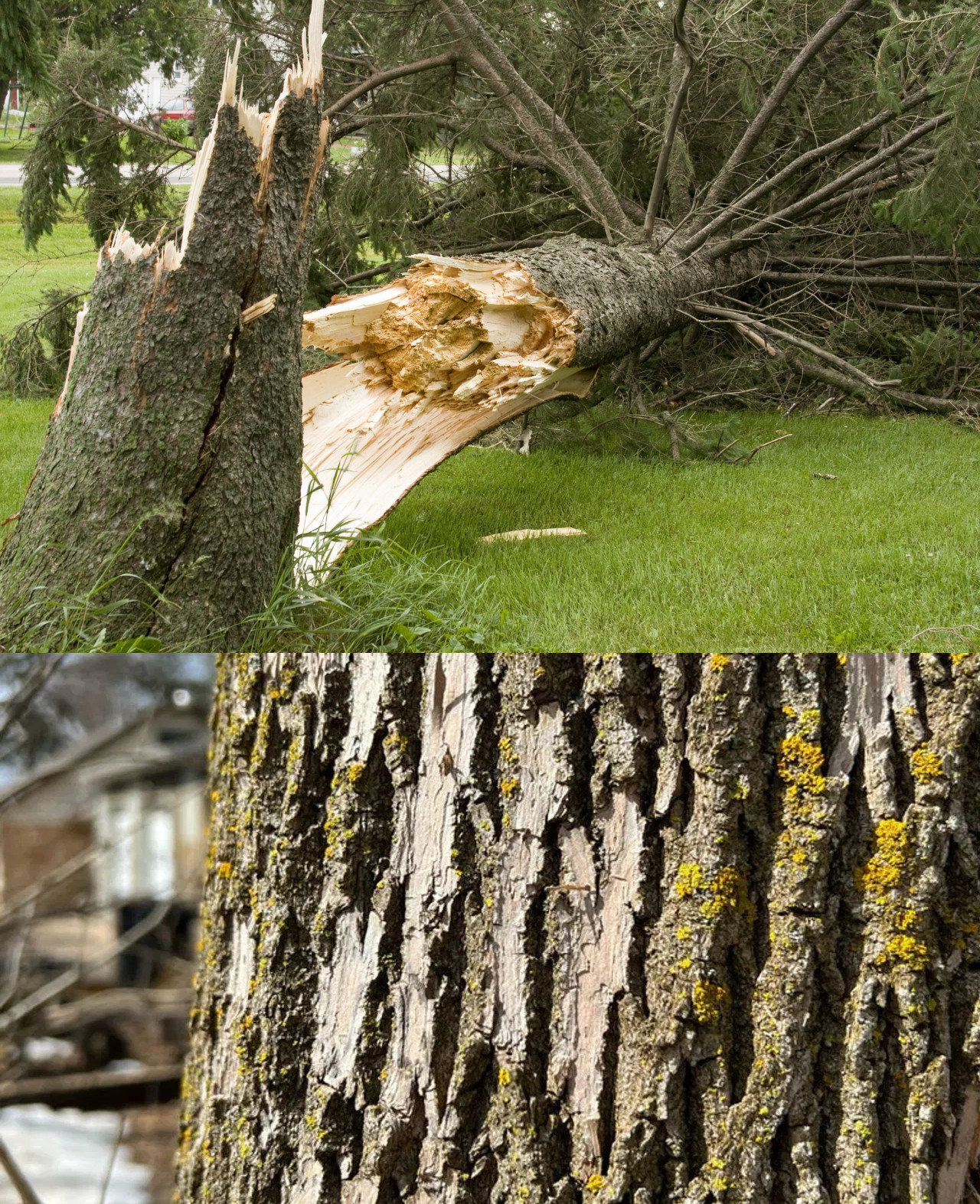Hazard Potential of Trees in KC
As much as we love our trees, sometimes they can present unexpected risks. From weak limbs to destructive pests, hazardous situations can lurk in even the most beautiful trees. That’s why it’s so important to trust knowledgeable arborists when evaluating the safety of your trees. By assessing potential risks and creating an ongoing maintenance plan, professionals can dramatically decrease the likelihood of hazardous tree situations. Don’t gamble with the safety of your property – call an arborist today.
Hidden amongst the lush greenery of our landscapes, towering trees stand tall and proud, providing shade, beauty, and a home for many creatures. However, there is a hidden danger that lurks within these majestic giants. Enter the knowledgeable arborists, experts in all things tree-related, armed with years of experience and a keen eye for spotting potential hazards. Dealing with hazardous tree situations is their specialty, and for good reason. These wise professionals understand that even the most stunning trees can sometimes pose unexpected dangers. It takes a trained eye and expertise to identify potential risks and prevent potential disasters from occurring. That’s why involving an arborist like Kansas City Tree Care is crucial when it comes to trees.
Trees, in all their splendor, can be complex creatures. They require ongoing maintenance and care to thrive and continue beautifying our landscapes. However, without proper attention, they can become dangerous and potentially cause harm to people and property. This is where the knowledgeable arborists come into play. Their role is not just limited to dealing with hazardous tree situations but also involves creating and implementing effective maintenance programs. Hiring a professional to perform ongoing tree care services can significantly reduce the risks associated with trees, giving you peace of mind and a safe and beautiful environment to enjoy. So, the next time you spot a hazardous tree, remember that it’s better to have a knowledgeable arborist address the issue before it becomes a threat. After all, their expertise and dedication to tree care and tree removal can make all the difference.

10 Signs It’s Time to Call an Arborist for an Evaluation
One of the first signs that a tree may be hazardous is if it is leaning or tilting to one side. This can indicate that the tree’s roots are weak or damaged, making it more susceptible to falling over.
Cracks in a tree’s trunk can also be a warning sign of potential hazards. These cracks can weaken the tree’s structure and make it more likely to break or fall during severe weather.
If a tree has multiple dead branches, this could be an indication of poor health and structural instability. These branches are more likely to break off and cause damage or injury.
A hollow trunk is another sign that a tree may be hazardous. This means that the inside of the tree has decayed, leaving it with less structural support and making it more likely to fall.
Peeling bark on a tree can indicate various issues, such as disease, pests, or environmental stress. It can also indicate age, raising concerns, particularly for younger trees. To ensure the tree’s health, consulting an arborist is recommended, as they can evaluate and determine the most suitable approach. This may entail treating pests or diseases or constant monitoring of the tree’s condition.
Root damage can also make a tree unstable and hazardous. Signs of root damage include exposed roots, soil erosion around the base of the tree, and leaning or tilting.
Fungal growth on a tree can indicate rot and decay within the trunk or branches, which can make it more susceptible to breaking or falling.
Construction activities near a tree can also increase its hazard risk as heavy equipment and digging can damage its roots and compromise its stability.
Trees that are too close to buildings or power lines pose a hazard as they could potentially fall onto these structures in severe weather conditions.
If a tree has already been damaged in a previous storm, it may be more likely to fall or break during future storms. It is important to regularly evaluate and monitor trees that have been previously damaged.
